Вы здесь
About of Kyzylorda.
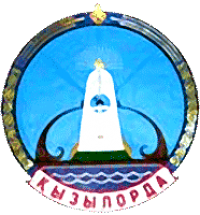
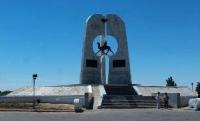
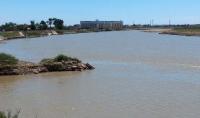
Cities of Kazakhstan.
“There’s something about arriving in new cities, wandering empty streets with no destination. I will never lose the love for the arriving, but I'm born to leave”
Charlotte Eriksson.
Day Trips in Kazakhstan.
The town of Kyzylorda on the Syr Darya has a glorious past and, thanks to the recent discovery of the nearby Kumkol oil fields, a future as well. The present, however, is a sort of time limbo between the two, and does not necessarily invite the traveller to stay for long. Like all the newly emerging oil towns in Kazakhstan, Kyzylorda catches your attention by its extreme contradictions.
On one side, there is poverty, decay, dirt and resignation; on the other, the swanky shops and homes of the oil-industry beneficiaries are impossible to miss. How should you answer the city's residents when they ask whether you like their dutiful town?
Nevertheless, tourism does exist here - the treasures of the region's history fit well with modern Kazakhstan's conscious attempt to embrace its heritage and traditions. History tells us that this was the strategic point where the caravan routes from Tashkent, Bukhara and Khiva came together, and then split to journey to western Siberia and via Torgay to Troitsk and Orenburg.
There was once a large caravanserai here, on the banks of the then still powerful Syr Darya River. In 1817, the fortress of Akmechet (White Mosque) was founded on the left bank of the Syr Darya.
A year later it was decided to move the fortress to the right bank of the river, since it was more secure against the extensive floods of early summer.
The Russian governorate was established in 1867, shortly after Russia's wide-ranging conquest of the Central Asian steppe, and Akmechet was renamed Perovsk, in honour of the Russian general Perov, who had excelled in his campaign against the Khans of Kokand and Khiva during the territory's conquest.
Reminders of those days are the Russian Orthodox church not far from the bazaar, built in 1878 and now beautifully restored, surrounded by high trees and flowerbeds, and the numerous one-storey Russian houses in the settlement behind it - Following the October Revolution, the city was renamed Kyzylorda (Red Horde), and wa the capital of Kazakhstan from 1925 until 1929. The town has little left of its glamour as a capital these days.
Not only do social contrasts show their mark, but also from an architectural point of view it has mix of contradictions. Kyzylorda today is a chaotic conglomeration of buildings periods, most of which are in a deplorable state.
Next to the new mosque is the building of PetroKazakhstan, where the flags of Canada and Kazakhstan used to wave next to each other until that of China replaced the former. To the left of the Soviet classical-style theatre a block building harbours the local university, while to the right there is a so-called trade centre, which has been revamped with brown glass facades.
The culture and leisure park is a sad collection of fairground scrap, fallen heaps of concrete and borders overgrown with weeds. A giant bazaar throbs with life a kilometre on in the direction of the river.
An Asian flair emerges here, particularly in the evenings, when women and families meet to go shopping, and thousands of feet throw up clouds of blinding dust while ear- deafening music resounds from numerous stalls.
Another park has been wrested from the barren earth between the bazaar and the river, but the most pleasant place in Kyzylorda is the Syr Darya's riverbank promenade. Here, a change is in the air; bulldozers have removed shabby box-garages, and a couple of poor neighbourhoods have disappeared to make room for a second bridge across the river.
A stroll along the promenade, with the muddy brown river flowing silently below, is a popular activity when the weather permits. Of course the evocative monument to Korkhyt Ata, the philosopher and musician of the IX Century, has stayed in its place.
As Kyzylorda rakes in the oil dollars it will, like so many other "nouveau-riche" town, spend heavily on urban improvements and expansion, and it seems to have used the river as a starting point. On the eastern outskirts of town, not far from the river, new or rebuilt sport facilities help to raise living standards, and hopefully Kyzylorda will eventually return to something of its former glory.
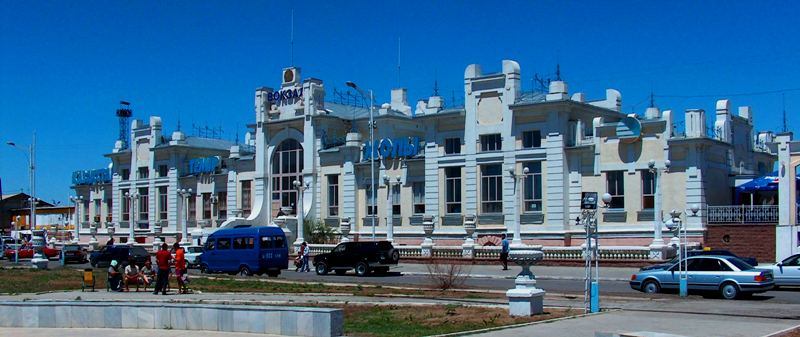
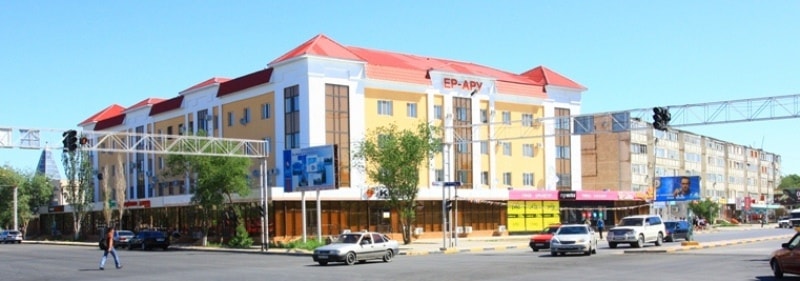
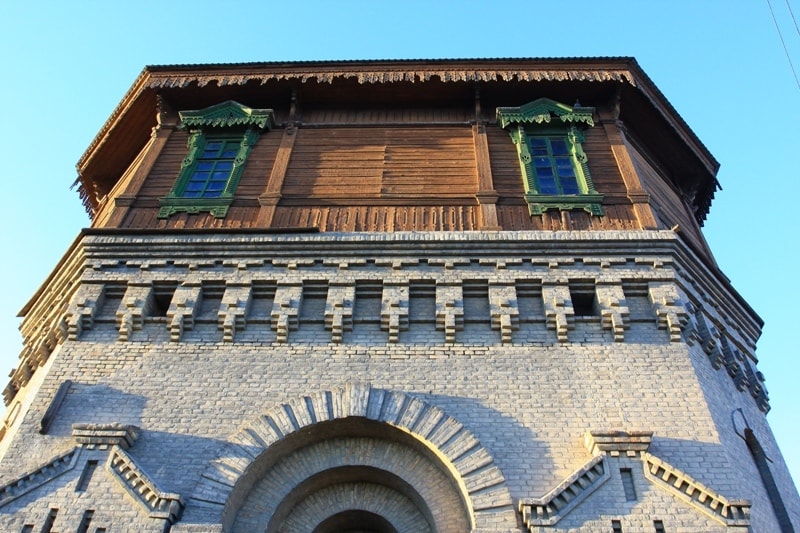
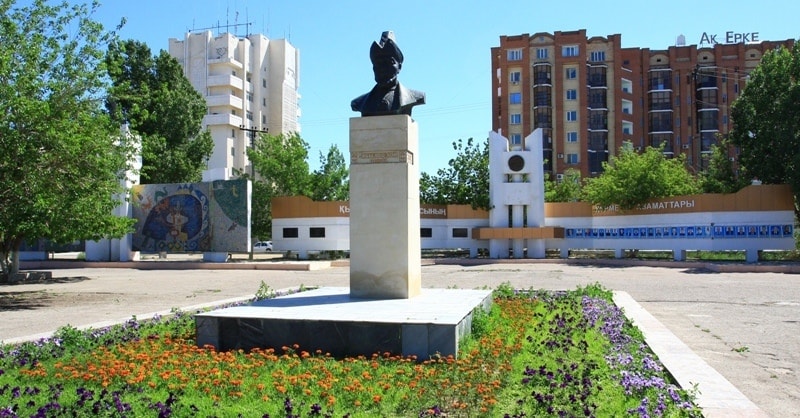


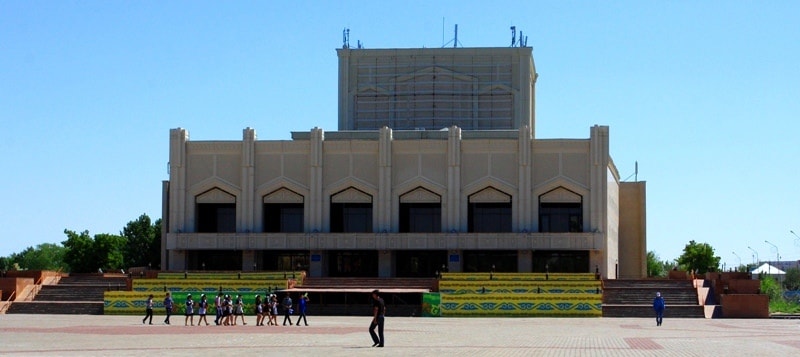
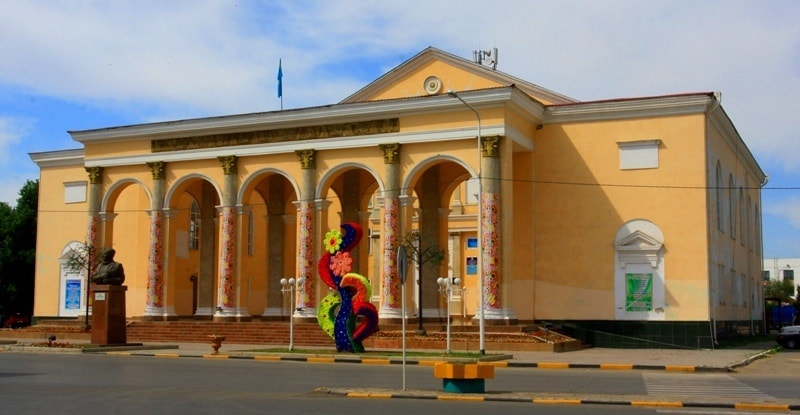
Authority:
The guidebook across Kazakhstan . Authors Dagmar Schreiber and Jeremy Tredinnick. Publishing house "Odyssey".2010.
Alexander Petrov
photos by







